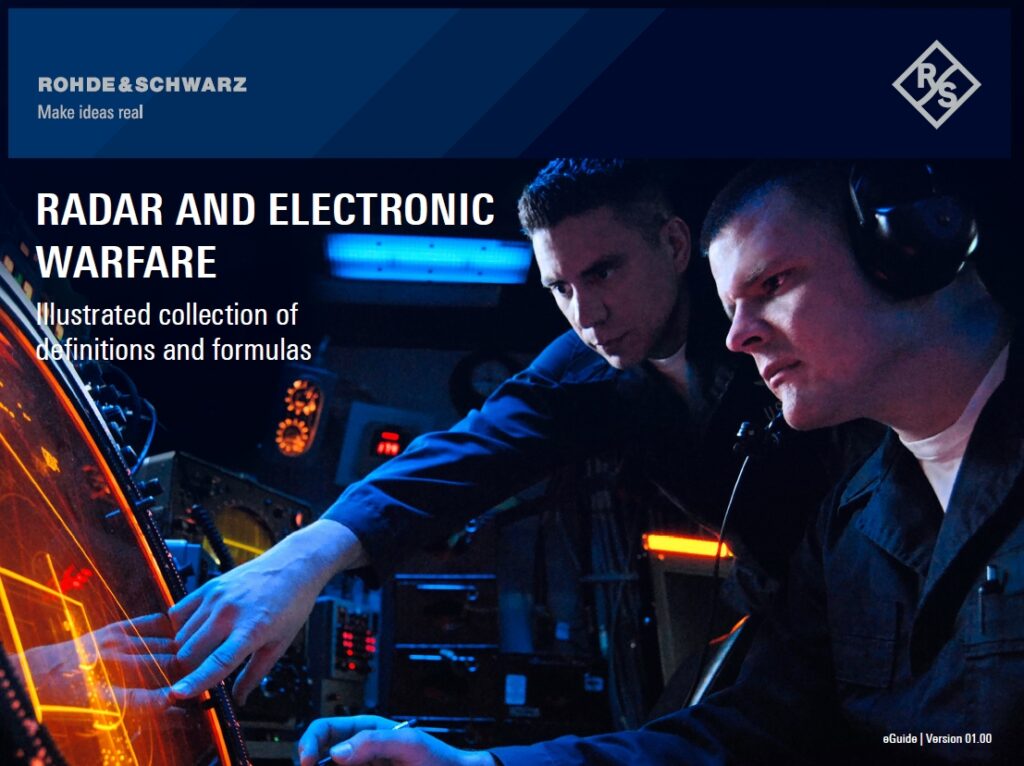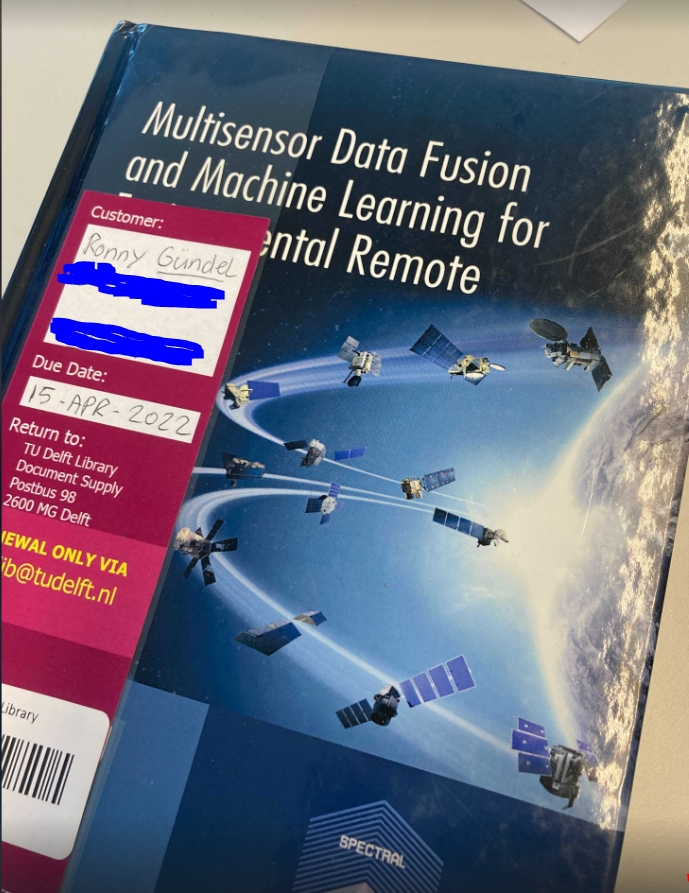
Blog Archives
Rohde & Schwarz eGuide: Radar and Electronic Warfare

Our formed MSc student Marc Vizcarro i Carretero, who is working now as an Antenna Design Engineer in the Active and Passive Antenna Engineering at HENSOLDT Sensors GmbH, Ulm, Germany send us this eGuide:
This pocket guide brings great memories from my studies with you! Enjoy and hope I can see you soon.
Latex table generator from Python/Matlab/Excel
Dear all,
if you need to generate a table to LATEX generator, perhaps for your thesis, paper, etc.
There are a few simple ways:
- You have your table generated in excel or any other listing format you can use the online tool:
https://www.latex-tables.com/
https://www.tablesgenerator.com/
- You can use a CTAN package, but I have never used it:
https://ctan.org/tex-archive/support/excel2latex/
https://www.faculty.agecon.vt.edu/AAEC5126/latex/ConvertingExcelTables.pdf
- The data is already in a MATLAB table format:
https://nl.mathworks.com/matlabcentral/fileexchange/69063-matlab-table-to-latex-conversor
- The data is in a python Pandas data frame format:
Command: pandas.DataFrame.to_latex
https://pandas.pydata.org/docs/reference/api/pandas.DataFrame.to_latex.html
Cheers and good luck.
Best regards,
Ronny Guendel
Book Multisensor Data Fusion and Machine Learning for Environmental Remote Sensing

Message from Ronny: I borrowed the book from the library and won’t use it the next time. In case, someone is interested in the topic the book will be with Francesco. Please feel free to pick it up and skim through it.
It is a nice book for people interested in sensor fusion, whereas not too technical, but with good references listed.
Best, Ronny
A few links for MSc students working on their literature review
I wrote down a few bullet points that might be useful for MSc students working on their literature review and I want to share them.
A few things that might be interesting for you as a student working on a literature review.
(1) Please don’t read the whole paper in detail.
Abstract, partly the introduction, conclusions, and have a look at figures – and if so, a few interesting sections, and subsections.
The links explain that nicely:
https://bitesizebio.com/11060/how-to-read-a-scientific-paper/
https://www.youtube.com/watch?v=IeaD0ZaUJ3Y
(2) make a literature-review-table such that you can (a) easily go back to the papers, (b) cite them quickly. Also, please think carefully about the columns of the table (methods, used radars, frequency bands, participants, classes in the dataset, etc. pp.).
(3) If you are writing: Please don’t make it fancy in the first instance — What do I mean? Don’t tweak word-by-word and stuck too long on certain paragraphs. Write the sections up; Then, tweak the paragraphs afterward, if you are sure that the section remains forever; sometimes paragraphs get changed or removed later, then all the final tweaks were useless.
https://youtu.be/UY7sVKJPTMA
Best regards,
Crafting Your Article Introduction
The Authors@IEEE Newsletter in their October issue proposed a few useful tips for the crafting of your article Introduction.
A well-written introduction can convince a busy researcher to invest time in reading your article. Craft a better introduction by following these tips:
- Structure your introduction like a funnel, moving from broad to narrow: start by identifying the broad area of a study, continue to a narrower focus on a literature review of your specific research area, and then to an even narrower focus on your specific research question
- Include a comprehensive but concise literature review; provide enough information to establish a context for your work but avoid including studies that are only marginally relevant
- Clearly state your research question and why it’s important to the field
- Briefly explain your method for approaching the problem and why you chose that method



